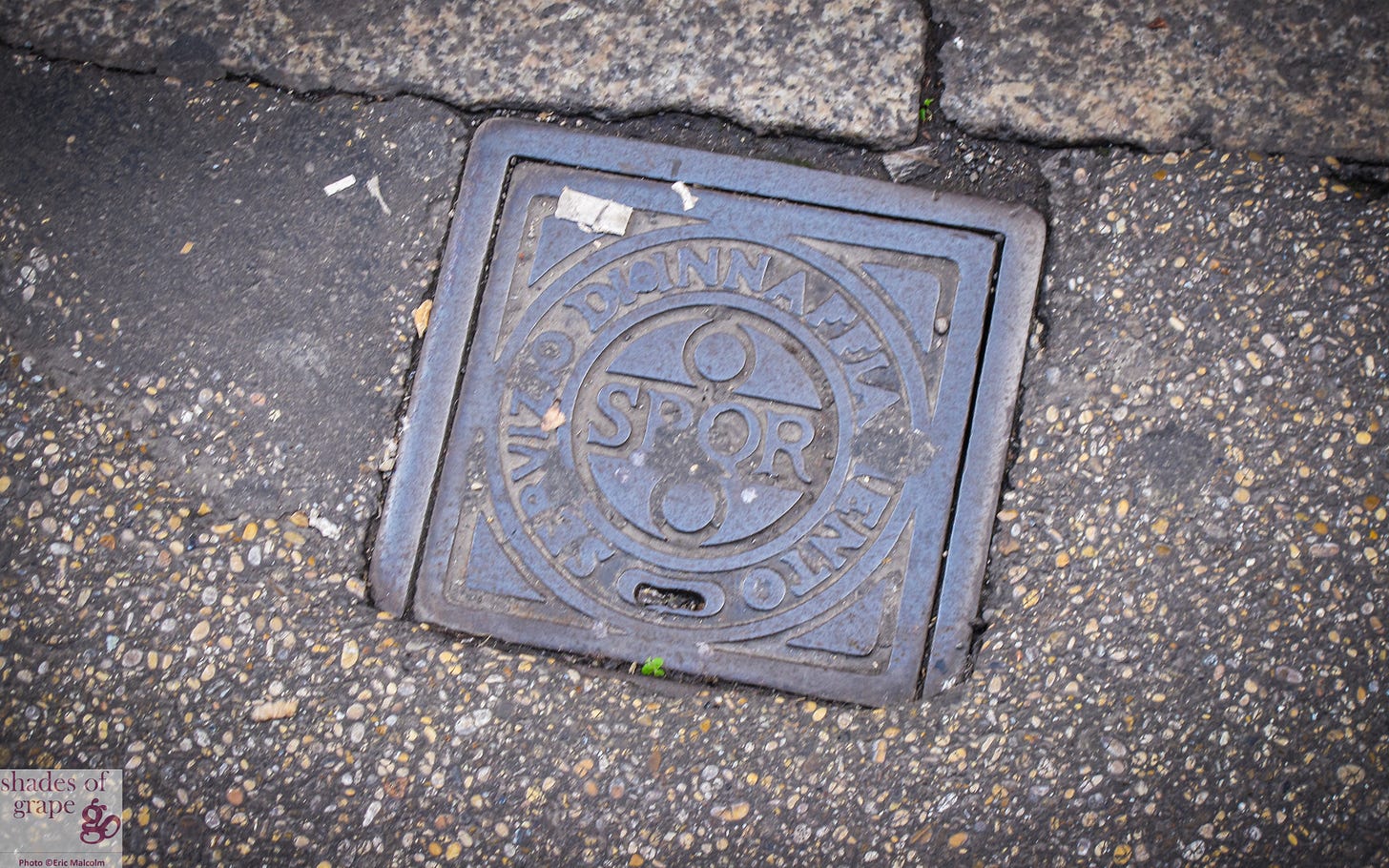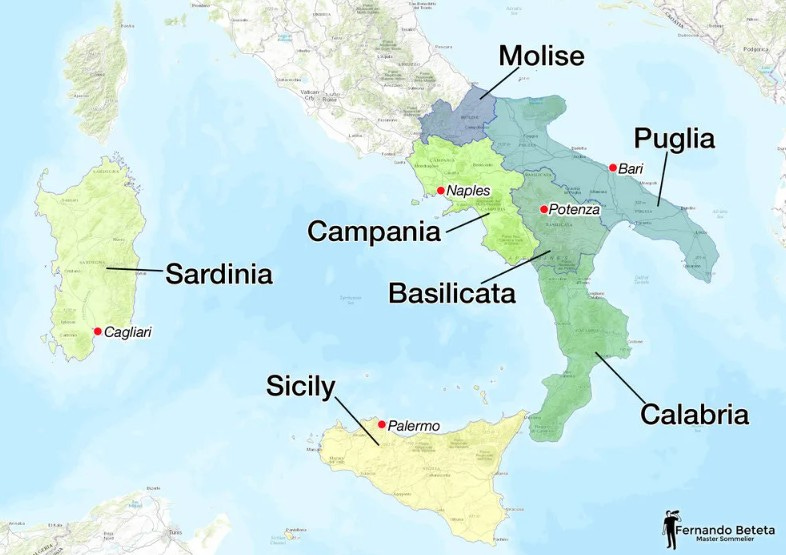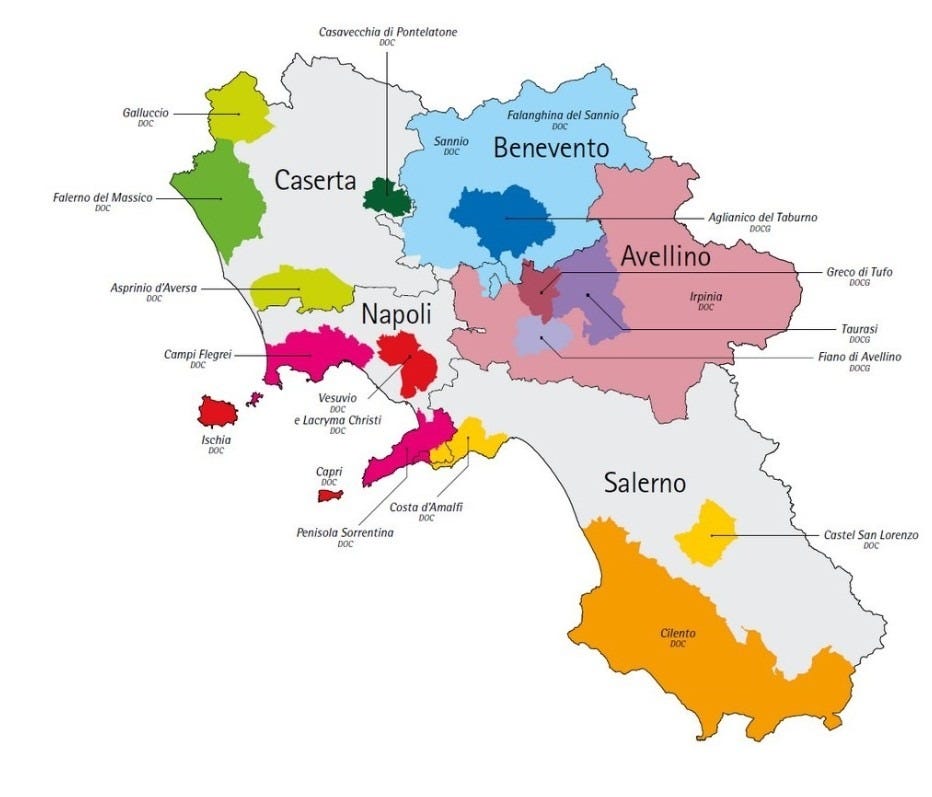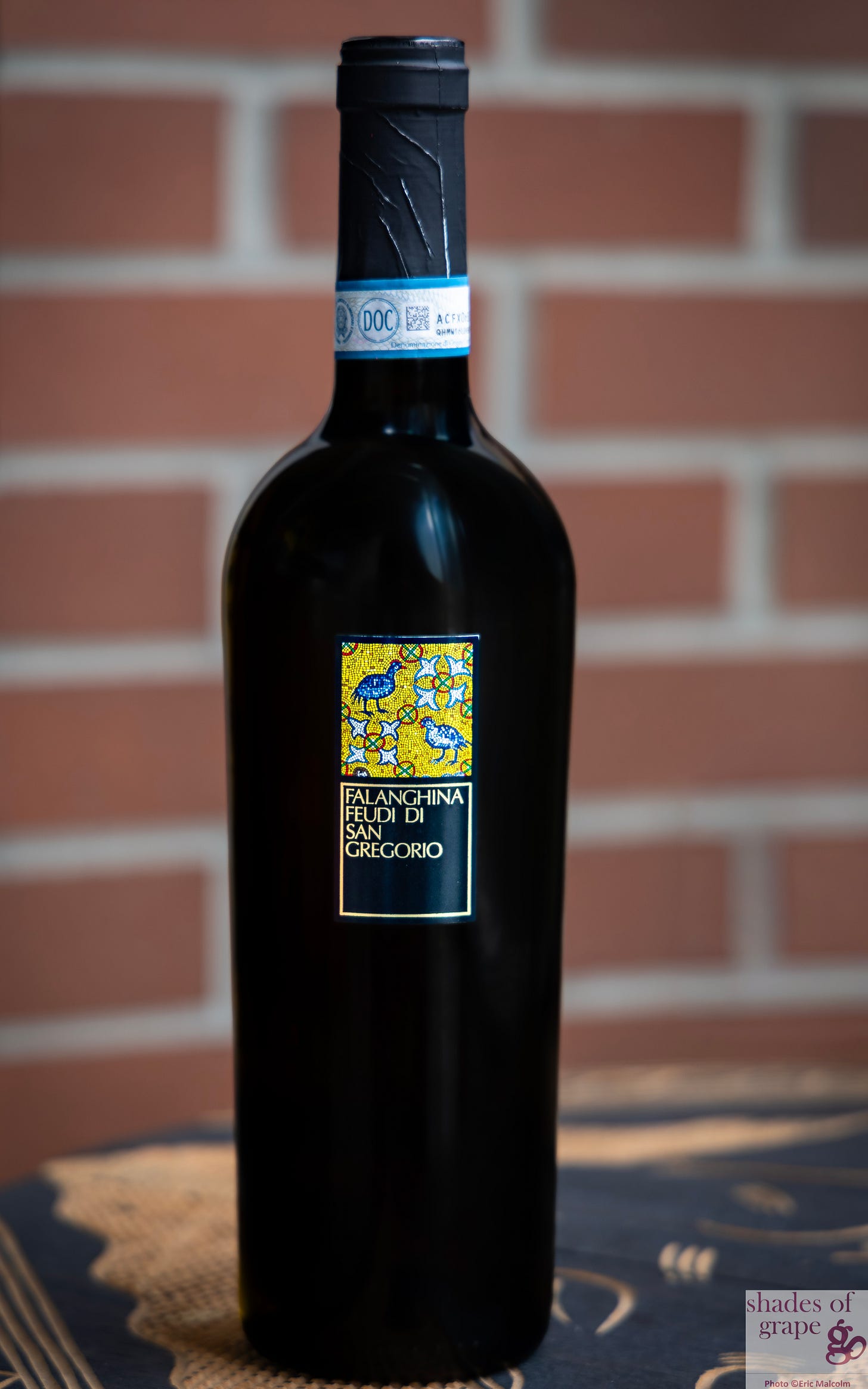When Wine Was Survival: What if Falanghina Existed in Roman Campania?
-torture methods, the falaka, & more

Fall is approaching and there is heightened interest in replenishing our wine supply!
Interested in one-on-one curation time with me? No commitment or minimum purchase required. Flexible appointment times including weekends. Drink better!
HEADS UP! I have found out that I am very cheap compared to other Substack wine writers. I will increasing my rate soon - so if you are debating becoming a paid subscriber do it now and SAVE!
Subscribing is a way to show your appreciation for:
my wine recommendations,
any assistance I provide along your wine journey, or
my writing entertainment!
Oh brother, I feel like this title is just about you being obsessed with wine - morning, noon, and night.
Actually, it’s not.
This article is focused on Campania in Southern Italy, and the world that revolved around it at the time of its heyday!
In the days of yore?
Yup – if the days of yore is the Roman times, then wine was a necessity because water was not safe to drink. This meant that to keep the troops healthy, Romans brought vines to plant wherever they decided to station.
So we owe the Romans for today’s wines?
Well not quite, but they did set the tone and acquired much knowledge on vine growing and winemaking. After the Roman Empire fell, cultivated vineyards were abandoned, changing the wine world of its time.
But let’s interrupt this momentarily to talk about the featured wine.
YES!
The Campania wine region’s top black grape is Anglianico while Falanghina, the featured grape, is the top planted white grape. Its name is believed to come from the term Falang which means vine support stake or pole. By the fall of the Roman empire this support method had already been established as a key viticultural tool.
Side bar. Falang is not to be confused with the term falanga, a typo in my original text. When I googled falanga I learned that IT is a torture method where the soles of the feet are beaten with hard blunt objects!
Likely using a falang!
Clearly!
If we believe Chat GPT (disclaimer, I was not rigorous in checking its sources here) this method was used from ancient to modern times. More specifically: ancient Egypt, Greece, and Rome, followed by the Ottoman Empire, when the term morphed to falaka.
Catchy!
Chat GPT continues by stating the method was also employed in the 20th century by Nazi Germany and Latin America’s military dictatorships.
I think my mother warned me about the latter when I decided to go backpacking in Central America with 10 days notice.
That was MY mom! And she also didn’t speak to me for a while after that.
She feared the falaka!
Why does this remind me of a Seinfeld episode.
Okay on with Falaka, gosh, I mean Falanghina!
The featured subregion, Falanghina del Sannio, is where about a third of the Campania’s Falanghina is grown. Sannio is a hilly area north of Naples, in the province of Benevento in the heart of the Samnite Apennines (part of the southern Apennines the mountain range that is known as the spine of Italy.
The Samnite, who ruled the land from the 4th to 3rd century BC, fought 3 wars with Rome and are said to have shamed Roman soldiers at the “Forche Caudine” (the battle at the Caudine Forks in 321 BC) but lost in the 3rd war.
Losers.
How does this all fit into your personal wine journey? Why is this wine relevant to you?
I have visited Naples and nearby Pompeii at the base of the volcano Mount Vesuvius, but at the time I was there as a tourist visiting the sights off a cruise ship heading eastbound along the Mediterranean, with Egypt as the turnaround point.
This is over 15 years ago when I had not studied wine yet. It is on cruise ships however that I learned a lot about wine with the ship’s sommeliers. We attended many of their wine “sea day” events, which gave me so much context beyond the very high-level introduction I received from my family and extended family.
A cruise ship sommelier introduced me to the concept of wine education and the WSET (Wine and Spirits Education Trust), whose internationally recognized program I eventually completed in 2023. He recommended the program to me after I apologetically (I am Canadian after all) returned a wine for being oxidized.
During the WSET Diploma program, I tasted a lot of white Italian grapes. I don’t know if it was my undeveloped palate, but I had categorized all white Italian grapes as boring as heck. So when I tasted the featured wine for the first time at Cork about a year ago, my face lit up. I was so pleasantly surprised. This is one of several Italian whites that truly made me appreciate what Italian whites have to offer!
And here we are!
Who would you recommend this wine to?
I will start by saying to whom I would NOT recommend it.
Rude.
I would not recommend it to people who do not like too much texture in white wines. This wine is full bodied and has a very round, creamy texture. This means that your mouth has a sensation of fullness and richness.
What is wrong with that?
A portion of the population has issues with anything slightly reminiscent of dairy in gelatine format. This breed of people dislikes yogurt, crème brulée, or crème caramel. Any dairy taste in a creamy, full bodied textured wine will completely turn them off.
For the rest of the population, I would recommend this Falanghina to someone who likes non-aromatic whites and who wants a full-bodied wine, perhaps to be enjoyed with food! Although I also enjoy this wine on its own!
Fantastic!
Enjoying my recommendations? Consider upgrading to a paid subscription.
Feudi di San Gregorio Falanghina di Sannio 2022 from Campania, Southern Italy
Style: Dry Non-Aromatic Full Body White Wine
Varieties: 100% Falanghina
This rich creamy wine has a contradictory brightness. The white blossom perfume is accompanied by flavours of lemon and lime which with biscuit notes is reminiscent of lemon meringue pie. Dairy notes of yogurt and cream are accentuated by flavours of honey and kernel with a hint of ginger and hay. This wine has moderately high intensity, a very round creamy texture and a long finish.
Best pairings: Grilled shrimp, Seared scallops, Simple fish, Fish in butter cream sauce, Rich pasta or rice dishes, Lemon chicken, Chicken pot pie, Quiche, Salad with lemon vinaigrette, Spanakopita (Greek spinach and feta pie), Cheese: Burrata cheese or Camembert
Serving Temperature: 8-10 degrees Celsius
Serving Tips: Enjoy
Price: ~$26 Cdn (great value for quality)
If you're in Alberta and want a one-on-one wine curation experience, please reach out! No commitment or minimum purchase required. Interested? Please reach out!
A huge thank you to my paid subscribers—your support helps cover the costs of creating these weekly articles.
Love my wine recommendations? Enjoy my personal wine curation service? If you find value in my writing, consider upgrading to a paid subscription to help me keep sharing the world of wine with you!
Subscribers receive 15% off Wine & Spirits whenever shopping at Cork Fine Wines, ground floor, Bow Valley Square in Calgary.
SOURCES:
Discovery Sannio: the densest vineyard in Italy (no date). https://www.italyandwine.net/blog/sannio-wine-region?srsltid=AfmBOopv7G9uZWLpRsirqrj-01VMpUkjy8Z5KL6e6771-xhAlFXrIEsI.
Falanghina (no date). https://www.sannio.wine/en/grape-varieties/falanghina/.
Feudi di San Gregorio (no date). https://www.feudi.it/.
Harding, J. and Robinson, J. (2023) The oxford companion to wine. Oxford, United Kingdom: Oxford University Press.
MacNeil, K. (2022) The wine bible. New York, NY: Workman Publishing.
Stacy.Louise and Stacy.Louise (2020) 'Wine region Overview: Southern Italy - Briscoe bites,' Briscoe Bites - Booze, Baking, Big Bites and More!, 21 August. http://briscoebites.com/wine-region-overview-southern-italy/.
OpenAI. (2025, September 4). Response to a question about the meaning and origins of “falang” [ChatGPT]. Retrieved from https://chat.openai.com
- YouTube (no date).
Wine & Spirit Education Trust (2021) D3: Wines of the World - An accompaniment to the WSET Level 4 Diploma in Wines. Version 1.2. London: Wine & Spirit Education Trust.





I don't seem to remember the creamy texture you describe in the Feudi di San Gregorio, but maybe old age is claiming my memory. Or maybe some people dislike it because it messes with their ingrained notion that only red wine is worth drinking.
Do you think that there's any truth to the story that Falenghina is the grape of ancient Rome's most prestigious wine, Falerno?